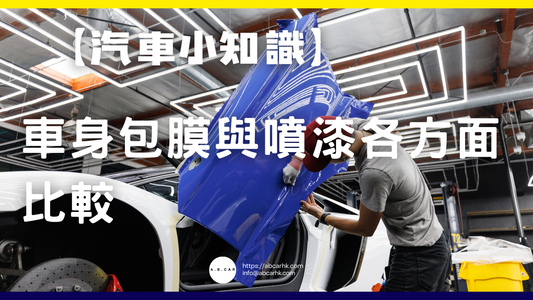[Home Tips] There is a strong smell of formaldehyde after renovation. How to get rid of it quickly?

🕵️♀️ Editor's observation: Why are newly renovated homes in Hong Kong particularly prone to strong formaldehyde odors?
The formaldehyde problem is particularly obvious after renovation in Hong Kong. The reasons are:
-
Small indoor area
- The volume is small and the formaldehyde concentration is easy to exceed the standard.
-
A lot of decoration materials 🪵🎨
- Plywood, veneer, density board, paint, glue, etc. may release formaldehyde.
-
Insufficient ventilation 🪟
- Units in high-rise buildings have limited window area and poor air circulation.
-
Hong Kong is humid 🌧
- High humidity will accelerate the release of formaldehyde and make the smell stronger.
⚠️ Editor's reminder: The hazards of formaldehyde cannot be ignored
Long-term inhalation of formaldehyde may cause:
- Eye, nose, and throat irritation (watery eyes, sore throat) 👀🤧
- Skin allergies 🩹
- Asthma worsens 😮💨
- Long-term exposure to high concentrations may cause cancer⚠️
The World Health Organization recommends that indoor formaldehyde concentration should be lower than 0.08 mg/m³ .
🛠 Editor's guide: Quickly and safely remove formaldehyde
Step 1: Ventilate immediately
-
Convection ventilation 🌬
- At the same time, open the opposite window to create air flow and accelerate the release and discharge of formaldehyde.
-
Fan + exhaust fan combination💨
- The fan blows indoor air out the window, and the exhaust fan extracts the polluted air.
💡Editor 's Tip : Hong Kong's high-rise buildings can be windy, so be sure to secure your furniture and other items to prevent them from being blown down.
Step 2: High temperature accelerated release
-
Alternate between air conditioning and dehumidification + heater
- The heater raises the room temperature to 28-30°C to accelerate the volatilization of formaldehyde, and then opens the window to discharge it.
-
Wet towel layout
- Place a wet towel or a basin of clean water in a warm air environment to increase the humidity and release formaldehyde, which can then be ventilated away.
Step 3: Activated carbon + plant adsorption
-
Activated carbon bag 🪵
- It absorbs formaldehyde molecules in the air and is recommended to be replaced or exposed to the sun every month.
-
Plant Assist 🌿
- Agave, spider plant, aloe vera, etc. have a certain adsorption effect on the air, but they can only serve as an auxiliary. You cannot rely solely on plants to remove formaldehyde.
Step 4: Air Purifier
- Choose a high-efficiency activated carbon filter + HEPA air purifier.
- Small units in Hong Kong can choose small units with high CADR values , which are easy to move to different rooms.
Step 5: Professional Governance
-
Photocatalyst spraying☀️
- It uses photocatalysis to decompose formaldehyde and is suitable for furniture surface and wall treatment.
-
Ozone treatment ⚡
- Professional companies can decompose formaldehyde in a short period of time, but they must ensure that no one stays during the treatment and that the room is thoroughly ventilated before moving in.
🔍 Editor's Tip: Timeline for Formaldehyde Emissions from New Renovations in Hong Kong
-
Phase 1 (1-2 months after renovation)
- All-weather ventilation, combined with high-temperature release method + activated carbon adsorption.
-
Phase 2 (1 month before move-in)
- Run the air purifier for a long time and continuously monitor the formaldehyde concentration.
-
After check-in
- Maintain ventilation for ≥2 hours per day and replace the activated carbon bag regularly.
📝 Editor's Summary
Formaldehyde levels in small units in Hong Kong are particularly prone to exceeding standards after renovation. To get out quickly and safely, the editor recommends:
- Convection ventilation + fan exhaust
- High temperature and humidity release + timely discharge
- Activated carbon + air purifier two-pronged approach
- Seek professional management when necessary
This can greatly shorten the vacancy time before occupancy and reduce the health threat of formaldehyde🏡💚.



